ATREE News

Hearing impaired students’ day out at tiger reserve
Hearing impaired students’ day out at tiger reserve.Twenty-one students of Florence Swainson Higher Secondary School for the Deaf visited the Kalakkad – Mundanthurai Tiger Reserve on Friday to commemorate the birth anniversary of ‘Birdman of India’, Dr. Salim Ali.
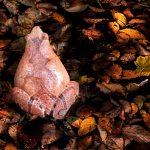
Frogs have favourite menu: Stomach contents show they control pests in paddy fields
Frogs are a vital component of crop ecosystems since they eat away many insects that are also crop pests. However, their future is at stake as they are the most threatened species and their population is declining globally. Loss of habitat and usage of agrochemicals are two key problems acting in combination contributing to the decline of frog numbers.

New species of inquiline wasp discovered in Nagaland
A new species of parasitic wasp has been discovered in Phek district of Nagaland by Ranjith, AP, Dr Priyadarsanan Dharma Rajan from ATREE along with researchers from Plant Health Diagnostic National Reference Laboratory and the University of Barcelona, Spain. Cynipids are the dominant insects that make galls in oak trees. The cynipid fauna of India is completely under explored.

Missing data: Who’s using Bengaluru’s water?
The crisis of water is not unique to Bengaluru and is a serious concern faced by all rapidly-urbanising Indian cities as the demand for freshwater rises steeply. To take effective action, we need to know how much water is available and how much is being used by whom.
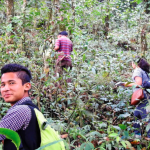
Tea plantations support biodiversity when managed agroecologically
New research reveals tea plantations can support biodiversity from native plants, wildlife and microorganisms when managed in an agro-ecological setting with sustainable, good practices.
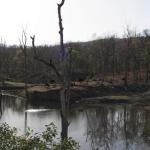
Wildlife panel scraps 2% fee proposal for projects in eco-sensitive zones, to keep cost flexible
"It’s important to assess what the compliance with mitigation measures for project proponents has been in the past. If a project proponent comes in to restore an area, in such a case that’s good to see. But if the project goes against the spirit of conservation, one would need to look at that carefully."- Nitin Pandit

Snail species 2 mm in length discovered in Meghalaya cave
A new micro snail species was found from deep inside a limestone cave at Mawsmai village in Meghalaya's East Khasi Hills district. The discovery was made by Nipu Kumar Das and NA Aravind, scientists from ATREE. Meghalaya is famous for its caves and the two scientists are concerned that tourist footfalls could affect the ecology of the area.

Three days training started in Bastar district regarding recognition and management of community forest resource rights
Apart from this, the convener of Adivasi Dalit Manch, Mrs. Rajim Katewas and Dr. Sharadchandra Lele were also specially present. On this occasion, the guests and trainers gave detailed information to the social workers and volunteers present about the recognition and management objectives of community forest resource rights and the specifics of the works to be done at the ground level for its successful implementation.
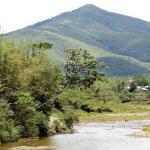
Micro snail species discovered deep inside limestone cave in Meghalaya
A snail species measuring less than two millimetres in length has been discovered deep inside a limestone cave in Meghalaya’s Mawsmai village. “The cave has a very unique environment that can harbour unique faunal diversity. There are several studies on cave biodiversity in Southeast Asian countries and other parts of the world, which reported various animals including snails, but very few studies are there from Indian caves,” the two scientists, Nipu Kumar Das and Aravind NA, have been quoted as saying.
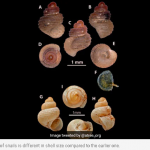
New Snail Species, Less Than 2 mm In Length, Discovered In Meghalaya Cave
A new micro snail species was found from deep inside a limestone cave at Mawsmai village in Meghalaya's East Khasi Hills district by scientist at ATREE. Mawsmai cave is one of the major tourist attractions of Sohra, erstwhile Cherrapunji. Until now, five snail species have been found from the caves of Meghalaya and there could be more, they said. Lately, artificial lights and cemented floor and steps have been added inside to make it more "tourist-friendly".